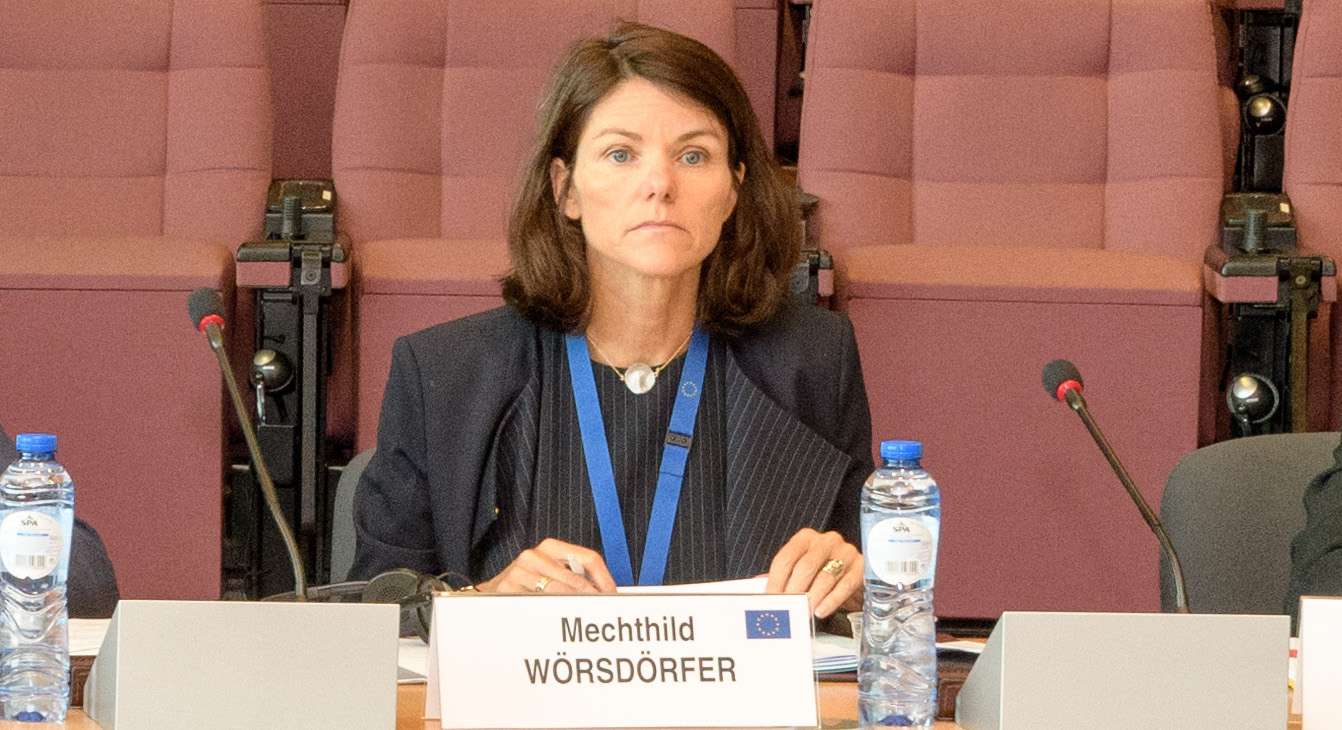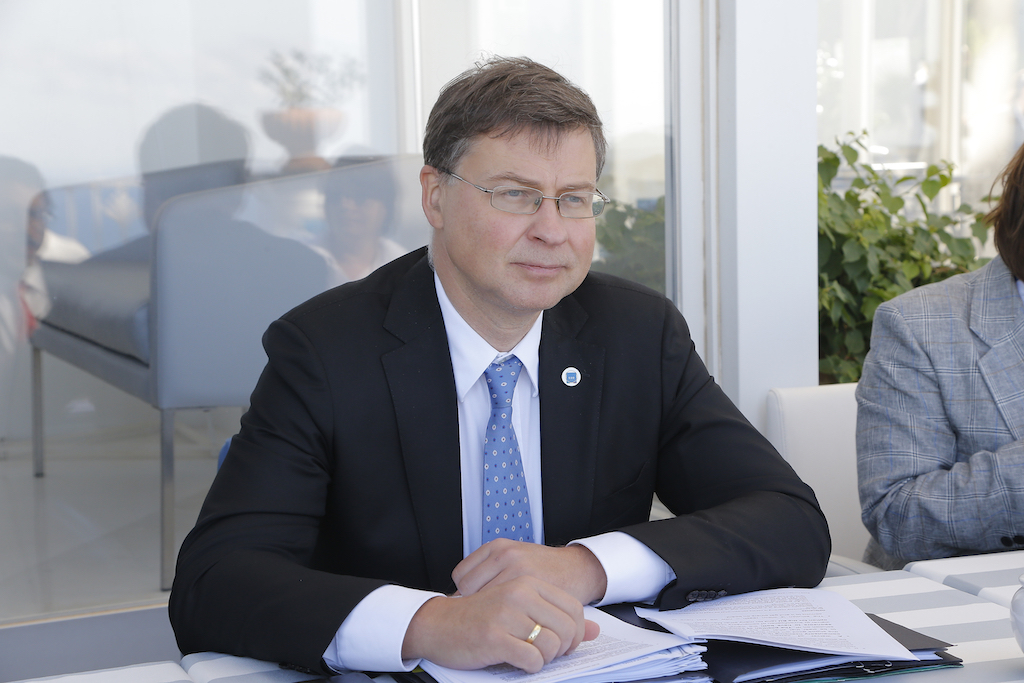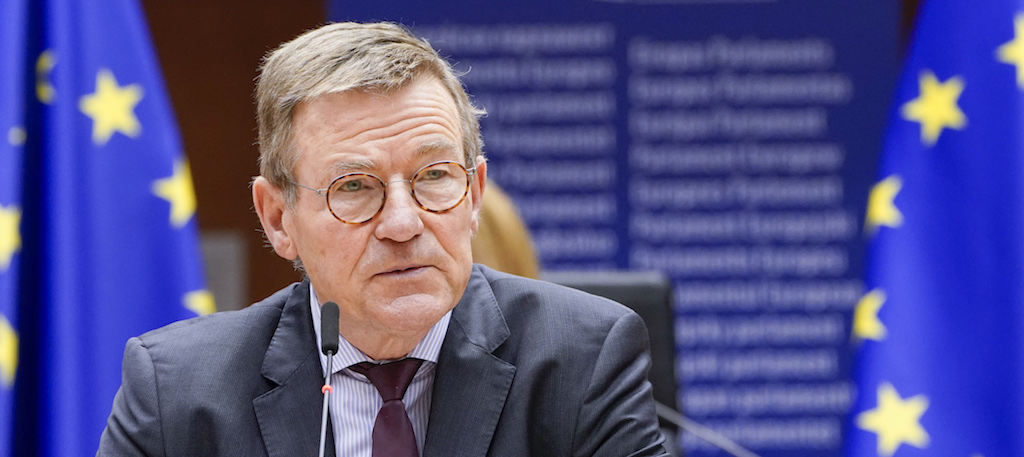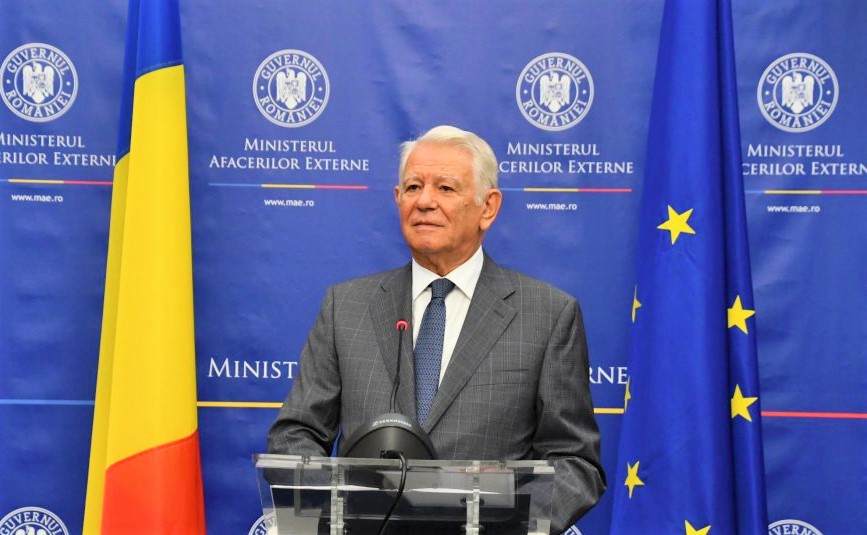
Would you say that achieving the EU’s net-zero goals will be virtually impossible without CCUS?
The EU’s net-zero goal for 2050 is based essentially on the elimination of almost all greenhouse gas (GHG) emissions, and in particular on CO2 emissions. To begin with, we need zero-carbon energy supply, clean mobility, and near-zero carbon industrial production, as well as a much bigger natural carbon sink from our land. Therefore, the primary focus of EU action is to eliminate GHG emissions, and no longer to simply reduce them as much as possible.
Having said that, our plans are based on technologies and solutions that we already know, because we do not want to rely on future inventions that may or may not materialise. In light of this, it is clear that there are likely to be emissions that we will not be able to eliminate completely: in agriculture, most likely in air travel, and in some industrial sectors. Our natural carbon sink will be crucial to compensate for this, but there will be a limit to that too. Finally, CO2 is also a key input for industries such as chemicals or synthetic fuels.
Therefore, the in-depth analysis conducted in the preparation of the European long-term vision “A Clean Planet for All” shows that the scenarios achieving climate neutrality also depend on CO2 capture, utilisation and storage. In these pathways up to 2050, several hundred million tons of CO2 are projected to be captured, stored or used for various purposes. This is why, despite the uncertainty about its near-term economic viability and public acceptance of the technologies, CCUS is likely to remain an important means of reducing residual emissions in particular from certain industrial processes that use fossil carbon, such those used in the cement industry. New developments will also need carbon capture, for instance sustainable bioenergy. Another technology that is attracting lot of attention recently is the capture of CO2 directly from air for storage or utilisation.
A climate–neutral economy is one that no longer relies on fossil fuels, and yet carbon will remain part of our economy. Therefore we have to rethink the type of carbon we use to power the transport that cannot be electrified, or to enable industries to produce the chemicals, plastics and new types of materials required for infrastructure in a sustainable way.
We need to set up a sustainable carbon cycle in our economy that no longer disturbs the natural balance of our planet. The CCUS technologies should have an important role to play in achieving this objective, even though it must be clear that this is in many ways a residual role, and any idea that CCUS could avoid moving away from fossil fuels is in fact an illusion.
For industry, CCUS technologies are among the cheapest abatement options – or the only option?
Neither of the above, at least not in general terms, and perhaps in some cases both. Our analysis foresees that by 2050 European industry will be near zero carbon through the full decarbonisation of the energy supply, a massive switch towards (green) electrification and a shift to technologies that require less energy and heat. Nevertheless, there are likely to be areas where this proves impossible and CCUS technologies may well be the only viable option, and therefore the cheapest.
Industry has been steadily reducing its emissions and increasing its energy efficiency over recent decades. In the last fifteen years alone – between 2004 and 2018 – European industry reduced its emissions by 20%, and emissions reductions since 1990 are now estimated to have surpassed 30%. In the face of strong international competition, European industry has adapted its business models and practices in line with the climate and energy ambitions of Europe, in a viable economic manner.
Cutting industrial emissions further will depend on making breakthrough technologies technically and economically feasible, particularly for energy intensive industrial processes, as well as installing the infrastructure necessary to deliver renewable energy and low carbon solutions such as hydrogen and e-fuels to where they are needed.
The Climate Target Plan impact assessment shows that a further 23% reduction in CO2 emissions compared to 2015 levels could be achieved by 2030 through the use of more energy efficient processes (such as improved waste heat recovery) and to a lesser extent by switching from fossil fuels to electricity and biomass.
Significant additional effort will be required to decarbonise the industrial sectors between 2030 and 2050 though, by which time the EU’s climate neutrality ambition will require industry to reduce its emissions to around 90-95% compared to 1990 levels, as explained in the Long Term Strategy. It is clear that, alongside new low-carbon fuels, CCUS technologies and CO2 storage in materials will be one of the portfolio of tools we use to fully decarbonise our industry, particularly in the processes where CO2 emissions are most difficult to abate. At the same time, they are and will continue to be in competition with more radical technological changes away from those that emit CO2.
Can CCUS support the integration of renewables into power systems?
CCUS in isolation is not identified as directly “supporting” the integration of variable renewables into power systems. However, CCUS can play a role in abating remaining emissions from peaking power capacities, if not powered by low-carbon fuels. Our Long Term Strategy, for instance, foresees some CCS capacities in a 2050 power mix largely dominated by renewables, and in particular variable renewable sources.
CCUS may also contribute to the production of low-carbon hydrogen, identified as an essential element for energy sector integration, providing long-term storable energy solution.
Finally, CCUS could also play a role in generating removals, if associated with biogenic sources of CO2 (for instance used to produce electricity or heat).
Is there a single cost for CCUS? or CCUS costs are already falling, with ample potential for further reductions?
There is no single cost of CCUS. CCUS is a term that groups together many different technological options, applied in different industries, on different flue gases, using different transport and storage options. The overall costs of CCS vary between 25 US$/tonne CO2 for natural gas and biomass to ethanol applications to close to 200 US$/tonne CO2 in some industrial installations. Costs are not yet falling as there are too few commercial plants in Europe. There is, however, an expectation that costs will reduce significantly with 2nd generation and more larger-scale CCUS plants.
Will policy support be sufficient to drive CCUS innovation and deployment?
The main incentive for deploying CCS in the EU is that it avoids industrial and power installations covered by the EU Emission Trading System (EU ETS) having to surrender allowances if they capture the CO2 and transport it to a permanent storage facility.
As of 2021, the recast Renewable Energy Directive also encourages use of fuels produced by CCU. In addition to this, the European Commission is exploring the possibility of developing a regulatory framework for the certification of carbon removals through robust and transparent carbon accounting, which may also cover certain CCS and CCU applications.
Several funding mechanisms for R&D and demonstration projects have been created via the research framework programmes and other EU funding mechanisms. Current EU funding schemes dedicated to supporting CCUS include the following:
- The Innovation Fund mobilises over €10 billion over ten years for large-scale breakthrough technologies in carbon capture, use and storage, as well as in renewable energy, energy-intensive industries and energy storage.
- The Connecting Europe Facility (CEF) supports cross-border CO2 transport networks.
- The Recovery and Resilience Facility (RRF) aims to mitigate the economic and social impact of the coronavirus pandemic through investments in flagship areas such as clean technologies and renewables, e.g. CCUS.
- The Just Transition Fund (JTF) provides support to territories facing serious socio-economic challenges arising from the transition towards climate neutrality, including support for CCUS technologies.
- Horizon Europe supports research, pilots and small-scale demonstration projects related to carbon capture, utilisation and storage.
However, despite all this support, many CCUS project still lack a viable business case. This is why it is also very important for those Member States that have identified the need for CCUS in their mid and long-term climate objectives to make national support schemes available to match the support at EU level.


















